Wimbledon's head gardener shares his planting tips
If you love the beautiful planting on display at this year's Wimbledon, check out these ace tips from head gardener Martyn Falconer
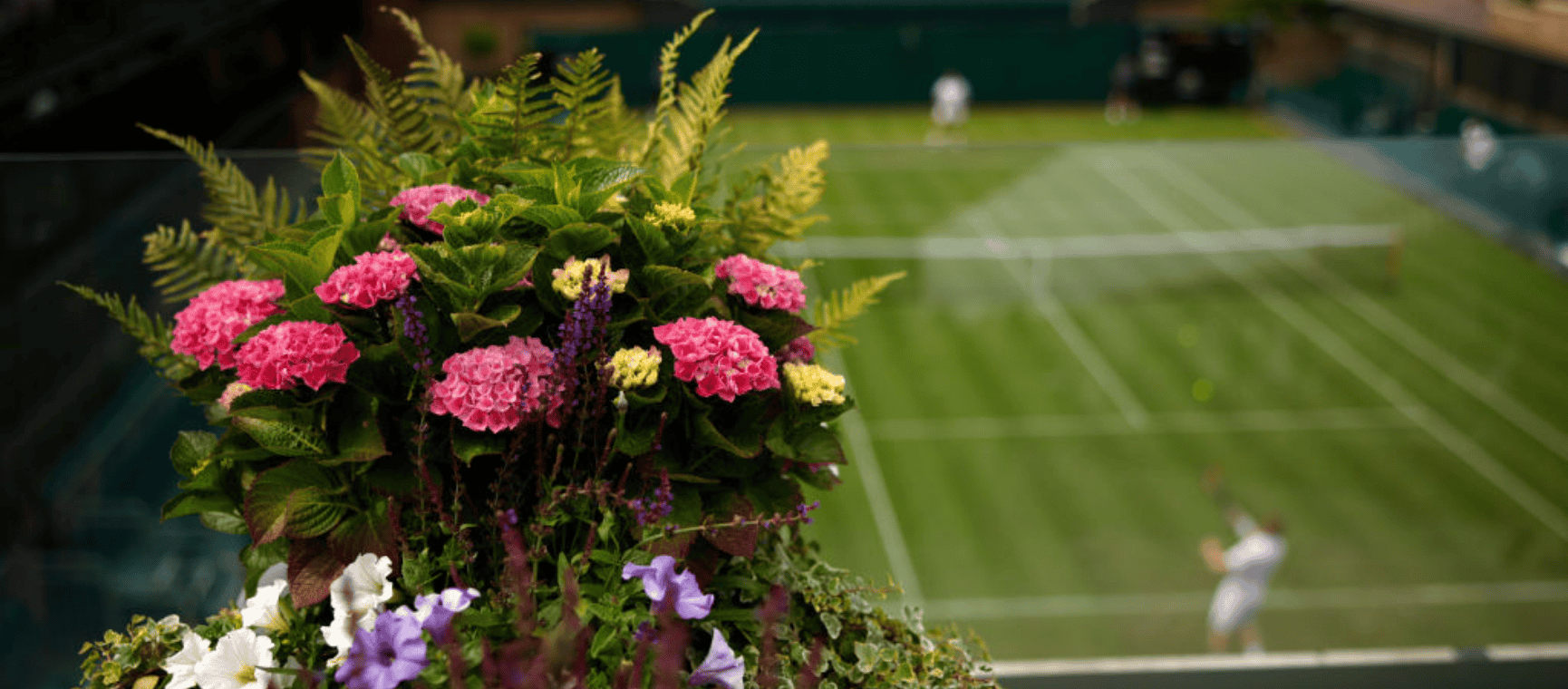
If you love the beautiful planting on display at this year's Wimbledon, check out these ace tips from head gardener Martyn Falconer

Anyone for tennis?
Whether you're a fan of the game or not, there's no denying the gardens at the world's most famous tennis championship are always an inspiration.
The grounds of The All England Lawn Tennis & Croquet Club, Wimbledon, are the pride and joy of head gardener Martyn Falconer and his team, who work tirelessly through the year to maintain the beds, baskets, hedges... and the famous ivy that covers the show courts.
We grabbed Falconer for a chat to find out his planting secrets. With these Wimbledon garden tips, you can recreate your own little piece of Centre Court in your back garden.

Falconer has nine full-time gardeners working with him through the year, who look after everything but the famous grass courts.
"There's a very clear line between what we do and don't do," he explains.
"Tennis is played on the grass until September but then there are the indoor courts and clay courts, and tours through the museum, so there are always people around.
"The grounds have always got to look as good as possible for the whole year – not just for the two weeks of the Championships."
That said, there's a big build-up for the Wimbledon tournament proper, so from April through to September Falconer's team doubles in size.
"There's a huge overlay of planting – we bring in around 28,000 plants from the UK and Europe. We dress all the temporary structures, we put hanging baskets up, install containers in restaurants inside and out... there's a lot to do!"

"After the champs, it's very much about stripping out the areas that are no longer used – all of the hospitality marquees disappear, so we've got a lot of work to do clearing areas. There are smaller tennis competitions, so a lot of the displays stay until the end of the summer. And then the core team goes back to maintenance – hedge cutting and making the site tidy again.
"In the autumn, we'll plant a scheme that will see us through the winter - we usually plant around 12,000 bulbs and dress the members' areas and museum building. We're always doing something!"

"Our ethos is 'Tennis in an English Garden'," says Falconer. "That's the theme, and we will predominantly be drawn towards purple flowers."
Indeed, Wimbledon is known for its purple and green club colours, introduced in 1909 and seen in everything from the club logo and the flowers to the players' towels to the umpires' ties.
"But other colours aren't off limits," he assures us.
The English garden approach has seen the team move away from planting quite so many bedding plants, such as fuchsias and petunias, instead introducing more herbaceous perennials that they prune and then watch come back in time for the Championship. This gives them more time to focus on creating temporary show gardens around the grounds.
"We use a lot of grasses," adds Falconer. "They don't need so much watering."
"The good thing about the perennial planting is that once it's established, the watering is less, so we are taking a more sustainable approach."
"We've got lots of digitalis, aka foxgloves; astrantias are well used for their beautiful flowers, and phloxes give you that splash of colour at the right time of year. In June and July, most of those herbaceous perennials are going to flower for you, so provided you've got a good variety, something's going to work at the right time."
The eagle-eyed among you may spot a fair few hydrangeas at Wimbledon, so how do they fit into the theme?
"Since long before I started, hydrangeas and petunias have been key plants at Wimbledon," says Falconer. "Admittedly, hydrangeas aren't what you'd necessarily associate with an English garden, but they're traditional to the grounds and the event, so we always have them."
And if you're wondering about the variety used... "Hydrangea paniculata gives us a nice show," reveals Falconer.

Our next Wimbledon garden tip concerns a staple of the grounds and viewing platforms – hanging baskets.
"We only use petunias and we always use three different colours in our hanging baskets," says Falconer. "My favourite combination is sky blue, blue and white for a classic Wimbledon hanging basket."
Amazingly, Falconer's team uses in excess of 30,000 petunias to fill baskets and window boxes. Looking after them is straightforward, but they need daily attention.
"With baskets, it's just about feeding and plenty of watering – there's not so much soil to hold the moisture and nutrients, so we water them once a day at least," says Falconer.
"Most of our baskets are on automated irrigation systems, so we can run them overnight, when it's nice and cool."
"Bedding plants can be quite hungry, so don't be scared to give them a little bit of feed, either," he adds. The experts at Groves Nurseries recommend using a nutrient-rich liquid fertiliser like Tomorite or Miracle Gro.
"Follow instructions, but always feed when soil is moist and not if plants are wilting," they recommend.
If you are lucky enough to visit Wimbledon, remember the work that the team have put in and watch where you tread.
"We do have a lot of challenges with the spectators," reveals Falconer.
"Plants get sat on or stood on so that people can get a better view of a tennis match. We're out every morning, fixing those small disasters, and we've always got back-up plants to do a little swap where we need to.
"We try to walk around with slight tunnel vision during the champs because we otherwise see a lot of "crimes against flowers", but it's part and parcel of the job."

Aside from a potential Nick Kyrgios or Novak Djokovic temper tantrum, you may think there's nothing particularly wild about Wimbledon, but you'd be wrong.
"Wild flowers are on trend, but they're also very good for the environment," says Falconer. "We've taken areas that are harder to maintain and mow, the steeper banks, and turned them into wild flower meadows that can self-seed and evolve.
"One example is a really nice bank next to the new indoor tennis centre, which is part of the VIP entrance. It's not too pristine – it's showing that gardening isn't always about nitpicking perfection, but that it can be a little bit wild. As they say, a weed is just a plant in the wrong place.
"Some people want a pristine garden, and that's fine, but there are other options. If people can just leave small areas of their grass untouched, it's great news for bees and other insects. You don't have to mow the whole lawn. Leave an uncut strip down the side or in a corner – that's enough.
"If people can just leave small areas of their grass untouched, it's great news for bees and other insects"

One planting feature synonymous with Wimbledon is the green foliage that wraps itself around Centre Court.
"It's completely covered in Parthenocissus tricuspidata, which most people will know as Boston ivy," reveals Falconer. And as beautiful as it may seem, the ivy (a close relative of Virginia creeper) comes with its challenges. "It's not easy to look after – it grows very quickly," he adds.
"One of the members of the team spent a week working around Centre Court on a scissor lift, cutting away ivy from windows and vents, trimming and tidying just to get us through the two weeks of the Championship. We're already going back around again – within a week, it can grow a foot (30cm), or even more."
It's unlikely, however, that the ivy will disappear, despite the maintenance it requires, because it's another part of the history of the venue and the event.
"I believe it was used to soften the original concrete court structure, which was perhaps not as pretty as they can make buildings in this day and age," says Falconer.
"I've seen pictures in the archives from the 1920s where the ivy is on Centre Court, so it goes back a long way!"

As with any any other garden, there's plenty of weeding to be done at Wimbledon. Falconer is realistic in that he and his team can't keep on top of everything, so there will be weeds here and there. Happily, he has fewer pest problems, other than with his topiary...
"The only real pest issue we have is the buxus caterpillar [also known as box tree moth], which we keep on top of with pheromone traps. And we use buxus [box] slightly less than we used to, because infestations can become a bit of a problem.
"Otherwise we're a site with lots of birds and wildlife that happily feed on the insects and keep on top of them for us."
"Only if it's really necessary will we intervene with any sort of insecticide, but we try not to.
"If you're clean and tidy with your maintenance you won't introduce too many pests, and there's enough wildlife to take care of what is there."
Amy Cutmore has been writing about interiors for more than 20 years, harking back to the days when glossy red kitchens, toile de Jouy and rag rugs were all the rage, and everyone wanted a Changing Rooms makeover. You’ll have seen Amy’s work at Britain’s biggest homes titles, including Ideal Home, where she served as Consumer, Technology and Group Digital Editor. She has also edited or written for Homes & Gardens, Livingetc, 25 Beautiful Homes, Real Homes, Gardeningetc, Inside Readers’ Homes, Inspirations for Your Home, Country House & Home, Top Ten Reviews, Trusted Reviews and Country Life.
View author page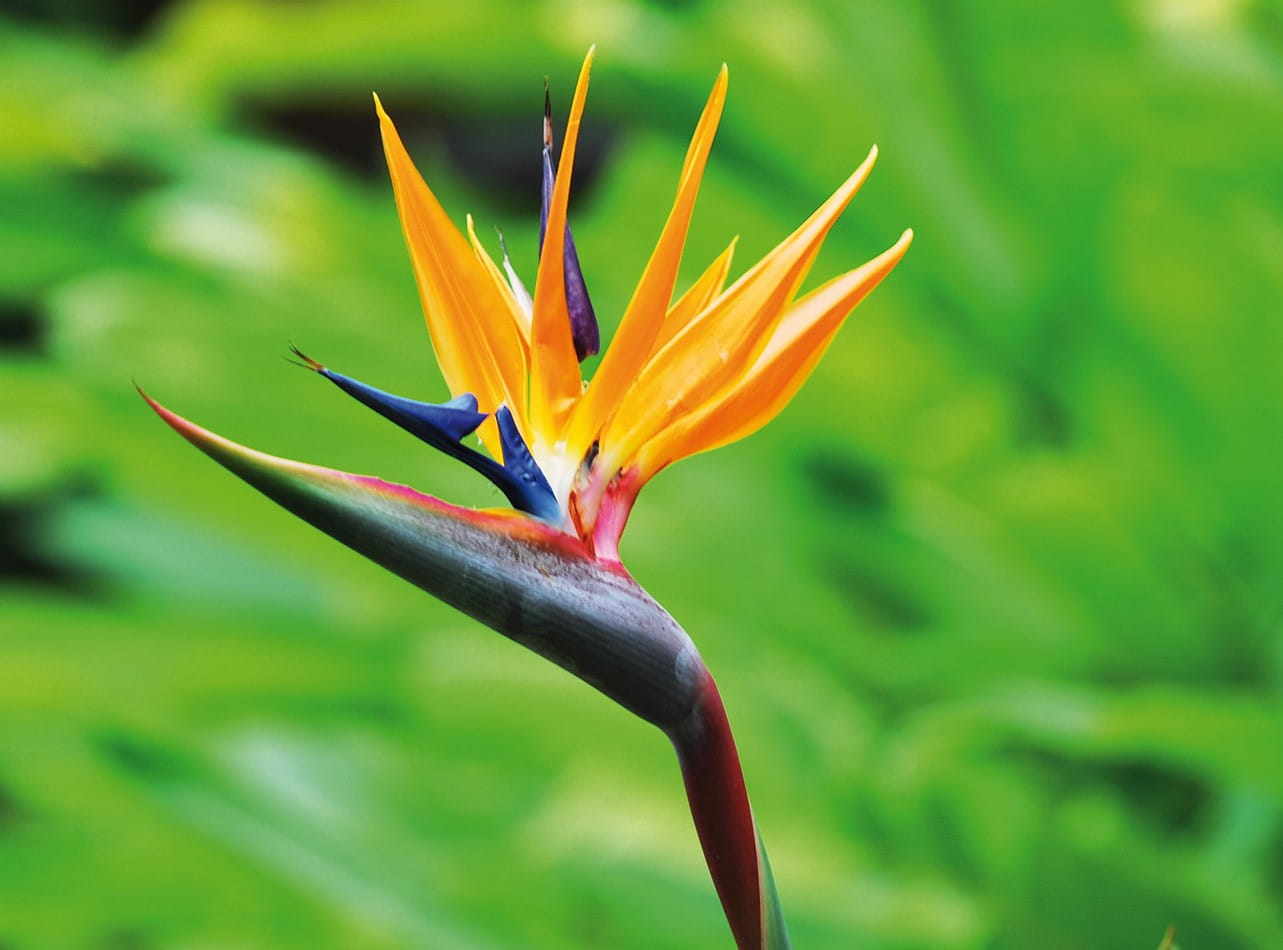
Find out about Saga's Gardening holidays here...
Explore stunning outdoor sanctuaries on Saga’s garden-themed getaways – it doesn't matter if you’re a keen horticulturist or just someone who enjoys colourful blooms.
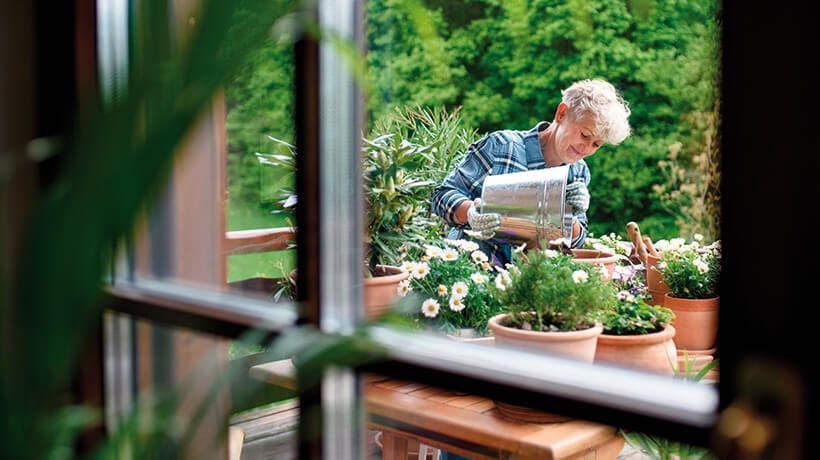
Saga Home Insurance comes with garden cover included. Find out what’s included and get tips to help secure your garden.
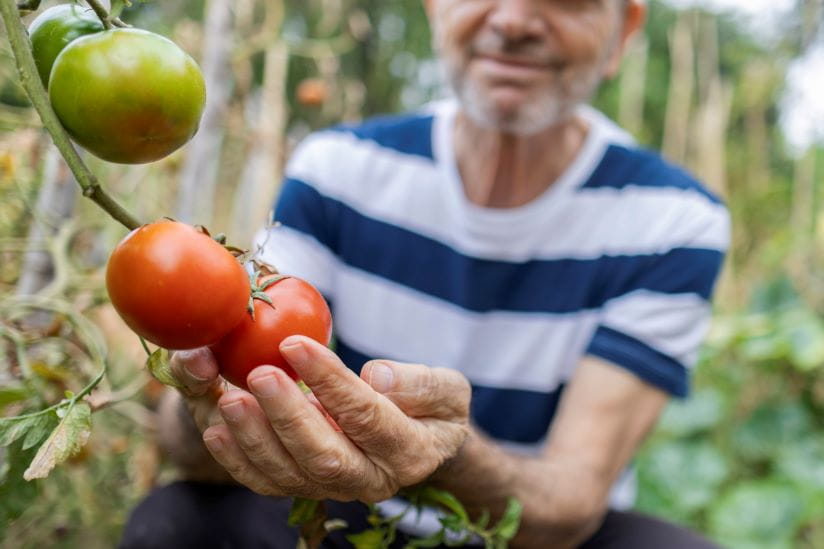
Rekha Mistry shares her top vegetables to grow in your garden all year round.

We explain the science and have 7 of the best scented plants for your garden.

From robot mowers to electric pruning shears, spruce up your outside space with four of the best garden gadgets

Our expert pruning and watering hacks include a top tip to keep them flowering from Alan Titchmarsh.

Don’t make these bird-feeding mistakes. Expert advice on how to feed birds in your garden safely.

Blighted by buzzing? How to keep wasps out of your garden without harming them so you can enjoy the summer.
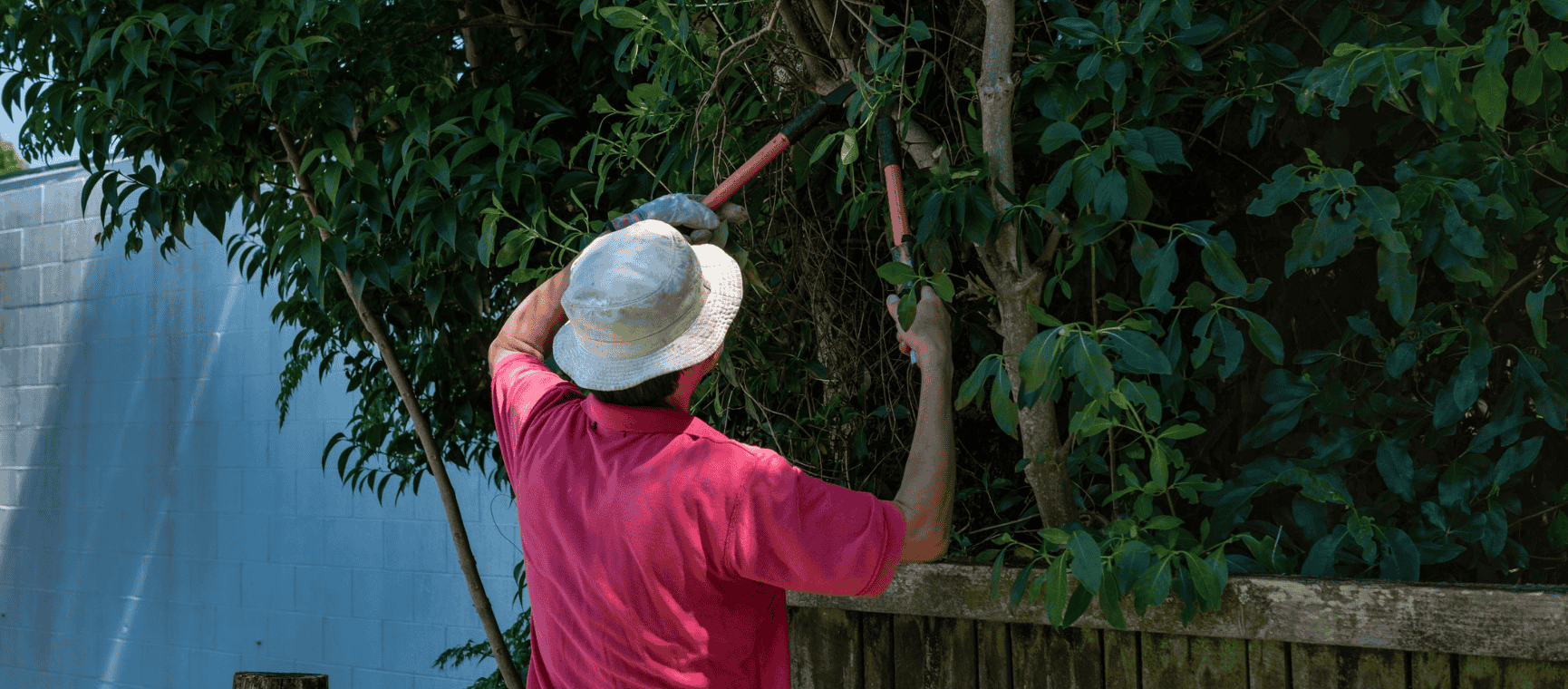
The ways you could be breaking the law in your back garden - with expert advice on how to avoid neighbour disputes, a fine or even a prosecution.

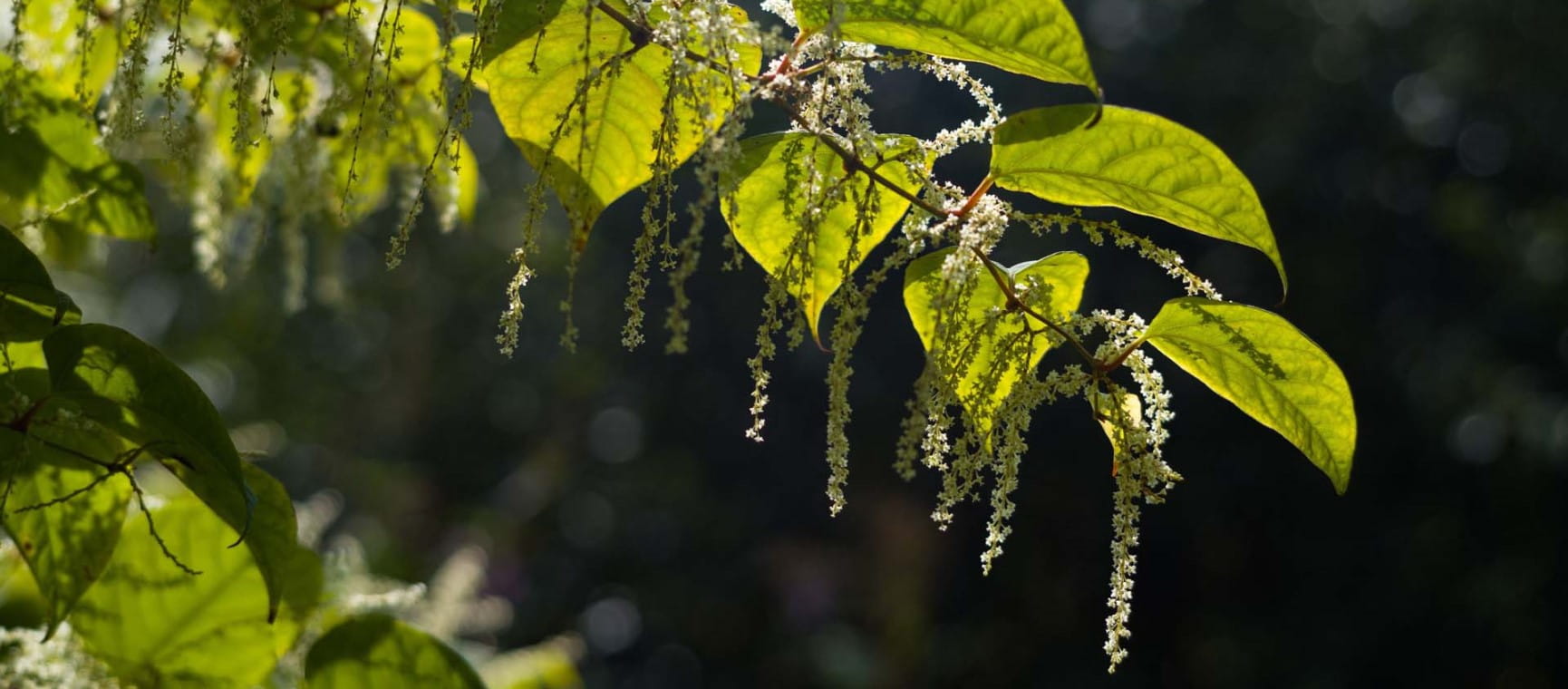
Everything you need to know about Japanese knotweed, the fast-growing plant nobody wants in their garden.